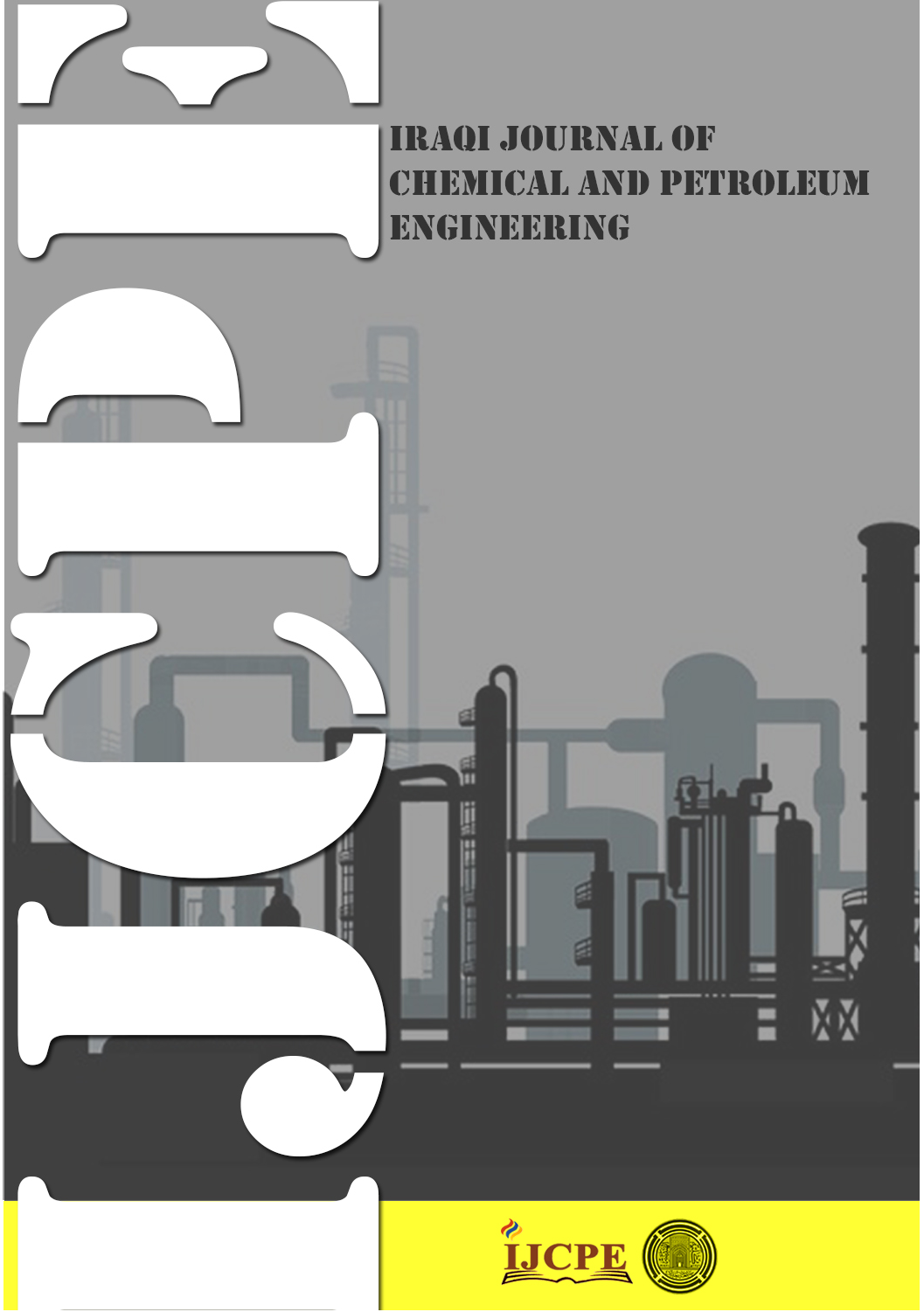Abstract
Given the significant differences in gas accumulation modes, coal reservoir characteristics, and gas preservation conditions for ultra-deep coalbed methane (vertical depth > 3000 m, measured depth > 5000 m), their production characteristics, flowback patterns, and flow phase classifications also vary greatly. Additionally, there are limitations in the production technologies applicable to deep reservoirs. To explore the relationship between the production characteristics of deep coalbed methane and medium-shallow coalbed methane, as well as to investigate suitable technologies for deep coalbed methane, this paper uses Well Q1 as an example and conducts research and analysis based on reservoir engineering theory. It is believed that in the vertical section of Well Q1(The depth is generally less than 3000m), the flow pattern transitions from bubbly flow to slug flow in the early stage, and with reduced water production, it is predicted to transition from transitional flow to annular flow in the later stage. In the inclined section (The depth is generally between 3000 and 4000m), slug flow predominates most of the time, while in the horizontal section (The depth is generally greater than 4000m), the flow evolves from elongated bubble flow to slug flow in the early stage, from elongated bubble flow to stratified smooth flow in the middle stage, and remains in the stratified smooth flow zone in the later stage. Furthermore, it is proposed that the insertion depth of Well Q1 should be correlated with the well deviation angle, gas production rate, and water production rate. From the perspective of gas-water ratio optimisation and energy efficiency, there should be an optimal timing for tubing insertion.
Keywords
Deep coalbed methane; Production regime; Production mode; Engineering measures; Flowback analysis; Flow pattern prediction.
Abstract
نظرًا للاختلافات الكبيرة في أنماط تراكم الغاز وخصائص خزان الفحم وظروف حفظ الغاز للميثان في طبقة الفحم العميقة للغاية (العمق الرأسي > 3000 متر، العمق المقاس > 5000 متر)، فإن خصائص إنتاجه وأنماط التدفق العكسي وتصنيفات مراحل التدفق تختلف أيضًا بشكل كبير. بالإضافة إلى ذلك، هناك قيود في تقنيات الإنتاج المطبقة على الخزانات العميقة. لاستكشاف العلاقة بين خصائص إنتاج ميثان طبقة الفحم العميقة وميثان طبقة الفحم المتوسطة ، وكذلك للتحقيق في التقنيات المناسبة لميثان طبقة الفحم العميقة، تستخدم هذه الورقة بئر Q1 كمثال وتجري بحثًا وتحليلًا بناءً على نظرية هندسة الخزان. يُعتقد أنه في المقطع الرأسي لبئر Q1 (العمق أقل من 3000 متر بشكل عام)، ينتقل نمط التدفق من التدفق الفقاعي إلى التدفق البطيء في المرحلة المبكرة، ومع انخفاض إنتاج المياه، من المتوقع أن ينتقل من التدفق الانتقالي إلى التدفق الحلقي في المرحلة اللاحقة. في المقطع المائل (يتراوح العمق عادةً بين 3000 و4000 متر)، يسود تدفق الرغوة في معظم الأوقات، بينما في المقطع الأفقي (يتجاوز العمق عادةً 4000 متر)، يتطور التدفق من تدفق فقاعي ممتد إلى تدفق رغوي في المرحلة المبكرة، ومن تدفق فقاعي ممتد إلى تدفق سلس طبقي في المرحلة الوسطى، ويبقى في منطقة التدفق السلس الطبقي في المرحلة اللاحقة. علاوة على ذلك، يُقترح ربط عمق إدخال البئر Q1 بزاوية انحراف البئر، ومعدل إنتاج الغاز، ومعدل إنتاج الماء. ومن منظور تحسين نسبة الغاز إلى الماء وكفاءة الطاقة، يجب أن يكون هناك توقيت مثالي لإدخال الأنابيب.
Keywords
غاز الميثان في طبقات الفحم العميقة، نظام الإنتاج، نمط الإنتاج، التدابير الهندسية، تحليل التدفق العكسي، التنبؤ بنمط التدفق.
